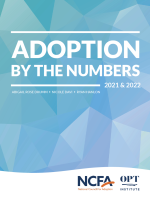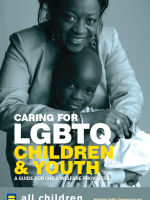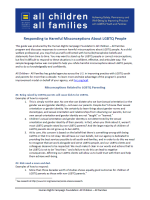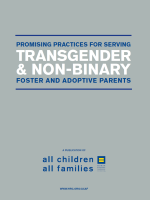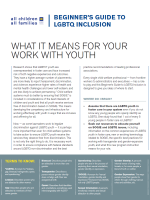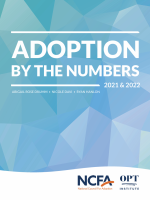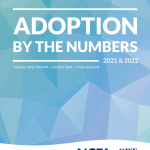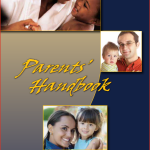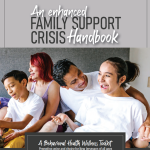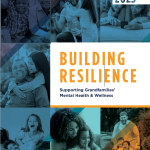Caring for LGBTQ Children and Youth
Responding to Harmful Misconceptions About LGBTQ people
Promising Practices for Serving Transgender and Non-Binary Foster and Adoptive Parents
Beginner Guide to LGBTQ Inclusion
Adoption by the Numbers 2021 & 2022
Parents’ Handbook
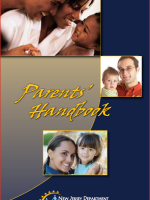
Parenting is rewarding, but it is not always easy. When problems arise in a family, it is often the children who are emotionally or physically affected. Unfortunately, some parents do not know
where to turn to get help for their children or themselves. This handbook was written to explain the role of CP&P workers and other staff who work together to serve you and your family.
CP&P recognizes this can be a very difficult time for you and your family. You may have many questions along the way, so feel free to speak to your worker about your concerns at anytime.
An-Enhanced-Family-Crisis-Handbook-A-Behavioral-Health-and-Wellness-Toolkit-2024
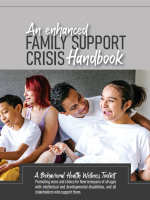
The purpose of this expanded version of the Toolkit is to empower individuals with disabilities and their family
and professional caregivers by providing information to more effectively advocate for persons with complex
severe behavioral health conditions (which we formerly referred to as “dual diagnosis”) for treatments, supports,
services and the conditions that promote mental wellness. Individuals with diagnoses of developmental
disabilities and behavioral health disorders face multiple challenges in their daily lives. Some of these
challenges relate to the behavioral health conditions themselves. Other barriers include the shortage of qualified
medical and non-medical behavioral health providers and the failure to give mental health and behavioral
disorders the same attention as with medical disorders. Individuals of all ages with intellectual and
developmental disabilities and behavioral health challenges, therefore, face the barriers of limited access to
needed services, lack of equality and problems with obtaining and affording care.
US: New Data Shows a Consistent Decrease of Children in Foster Care (Includes audio) (Press release)
US: New Data Shows a Consistent Decrease of Children in Foster Care (Includes audio) (Press release)
U.S. Department of Health and Human Services, Administration for Children and Families – March 20, 2024
Today, the Administration for Children and Families (ACF) announced newly released Adoption and Foster Care Analysis and Reporting System (AFCARS) data. According to the report, the number of children in foster care has decreased for the fourth consecutive year. The collective effort to find ways to serve children and families outside of foster care continues to grow. The Family First Prevention Services Act helped change the conversation to be about prevention of foster care placements and preservation of families. The growing number of states and tribal nations with approved plans – which includes 42 states, 4 tribes, and the District of Columbia – is anticipated to maintain the decline in the use of foster care and subsequently the decrease in entries.
Also: Federal Report: Foster Care Total Dropped Again in 2022 (Requires subscription): https://imprintnews.org/youth-services-insider/federal-report-foster-care-total-dropped-again-in-2022/248238
https://www.acf.hhs.gov/media/press/2024/new-data-shows-consistent-decrease-children-foster-care
Building Resilience: Supporting Grandfamilies’ Mental Health & Wellness, 2023
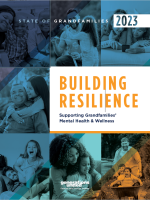
Building Resilience: Supporting Grandfamilies’ Mental Health & Wellness, 2023
The latest report from Generations United on grandparents raising grandchildren and relatives. Information includes how grandparents’ challenges effect mental health, various findings, services, supports and more.
- « Previous Page
- 1
- 2
- 3
- 4
- …
- 16
- Next Page »

